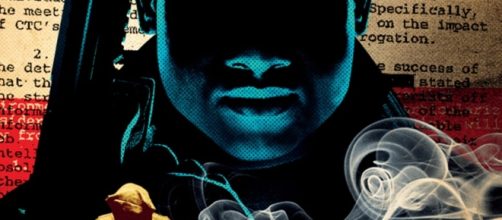The release of the files code named "vault 7" is by far the biggest of its kind to ever be made public, according to Julian Assange. In total there are 8761 documents detailing the entire hacking capabilities of the Central Intelligence Agency (CIA). Assange also claims that publishing the documents proves that the CIA has lost control of its weaponized arsenal of malware, trojans, and viruses.
According to the wikileaks founder, the collection of the weaponized computer code appears to have been circulated among former U.S. government hackers and contractors in a completely unauthorised manner.
The Hacking tools allow the person who possesses them the ability to turn everyday items such as mobile phones, TVs, and computers into covert microphones, cameras, and spying devices.
However, it should be noted that the files made public by Wikileaks do not include the cyber spy-tools themselves. The organisation has made it quite clear that they intend on retaining the "armed" software until a general consensus can be reached on how to deal with such weapons and how best to disarm them.
The files already amount to far more than Edward Snowden ever made available about the spying power of the National Security Agency (NSA).
WikiLeaks also claims that since 2001 the CIA has secured greater political power and a higher budget over the NSA, it's main bureaucratic rival.
And has "built its own NSA" but with less accountability and public scrutiny capable of exerting extraordinary power around the world.
As well as showing that the security of such capabilities has been compromised, the anonymous source also wanted a public debate on whether such massive public spending can be justified on what is essentially a duplication of an already existing public department, the NSA.
By far the most troubling aspect of this CIA document release is that the cyber weapons may already be loose and used by criminals, rival states, and even teenage hackers.
Assange has claimed that once created there is a very high proliferation risk and once release they are very hard to contain. Like viral videos of celebrities private picture albums, they can be shared around the world in seconds.
The scope of the tools
- The malware targets iPhones, Android and smart TVs for surveillance programs.
- In 2014 the CIA looked at infecting vehicle control systems.
- Geolocation hack for smartphones.
- Monitoring Audio and text communication.
- Bypassing encryption on popular apps such as Whatsapp and Weibo.
- Malware targeting routers, windows, Osx, and Linex.
- "Hammadrill" software which infects software on CD/DVDs
- Hidden data in images
- Attacks against internet and web servers
The CIA also hoarded vulnerabilities which they discovered in popular items like iPhones. This leaves them available for other people to hack. A practice the Obama administration was keen to eradicate.
And finally, of course, they retain the ability to evade forensic and anti-virus defence programs.

